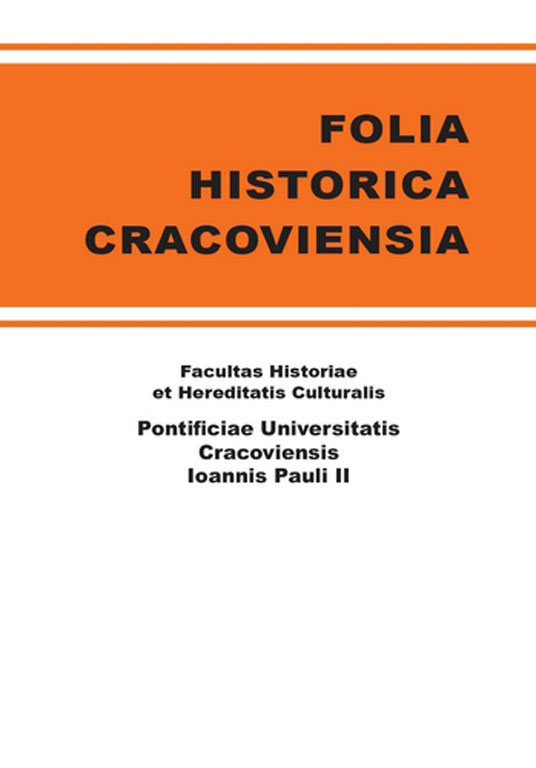Polityka Jana Pawła II wobec Kościołów za żelazną kurtyną w drugiej połowie lat osiemdziesiątych XX wieku
DOI:
https://doi.org/10.15633/fhc.224Słowa kluczowe:
Jan Paweł II, polityka, żelazna kurtyna, kościółAbstrakt
The declining years of the communist regimes towards the end of the 80s as well as the on-going process of a thaw in political relations was also reflected in the Vatican’s policy towards Christians in Eastern Europe. The task was not easy as the hierarchs of the Orthodox Church in Russia were afraid of ecumenical slogans propagated by the pope. They even presented their own, competitive ideas, whose aim was to discredit John Paul II’s diplomatic efforts. The Pope’s policy towards churches in other European countries (Hungary, Czechoslovakia, Poland) did not assume a common approach as the fate of Christians there was shaped independently from each other and even with certain respect granted by the Kremlin towards the uniqueness of each country. The key aspect of John Paul II’s policy towards the countries of Eastern Europe was the pursuit of spiritual renewal of Christianity in the East, which was supposed to be started with the pilgrimage to the USSR (Ukraine, Moscow and Lithuania).
Pobrania
Opublikowane
Numer
Dział
Licencja
Prawa autorskie (c) 2012 Tadeusz Kopyś

Praca jest udostępniana na licencji Creative Commons Attribution-NonCommercial-NoDerivatives 3.0 Unported License.
Autorzy publikujący w czasopiśmie udzielają jego wydawcy zgody o następującej treści:
- Autor zachowuje autorskie prawa majątkowe do utworu, a jednocześnie udziela wydawcy czasopisma zgody na jego pierwszą publikację w wersji drukowanej i wersji online na licencji Creative Commons Uznanie autorstwa 4.0 Międzynarodowe oraz zgody na wykonywanie opracowań, w tym przekładów.
- Autor ma możliwość udzielania zgody niewyłącznej na opublikowanie utworu w wersji, która ukazała się w czasopiśmie (np. zamieszczenia go w repozytorium instytucjonalnym lub opublikowania w książce), wraz z informacją o jego pierwszej publikacji w czasopiśmie.
- Autor może umieścić swój utwór online (np. w repozytorium instytucjonalnym lub na swojej stronie internetowej) jeszcze przed zgłoszeniem utworu do czasopisma.

